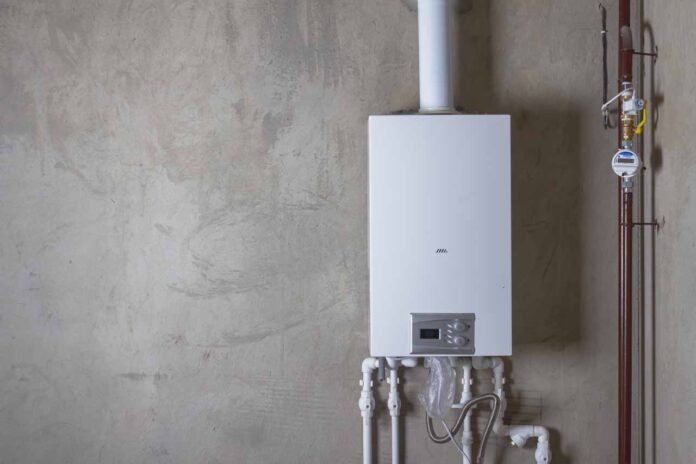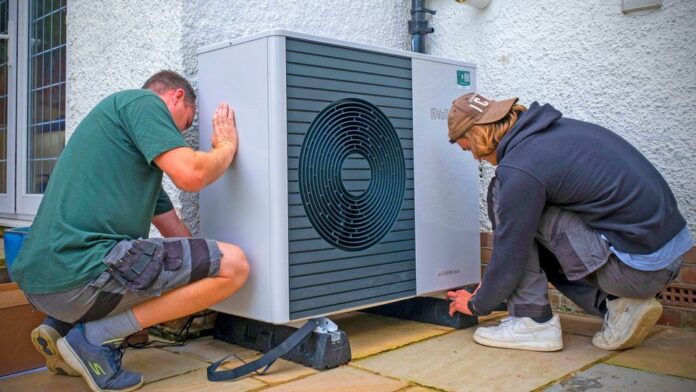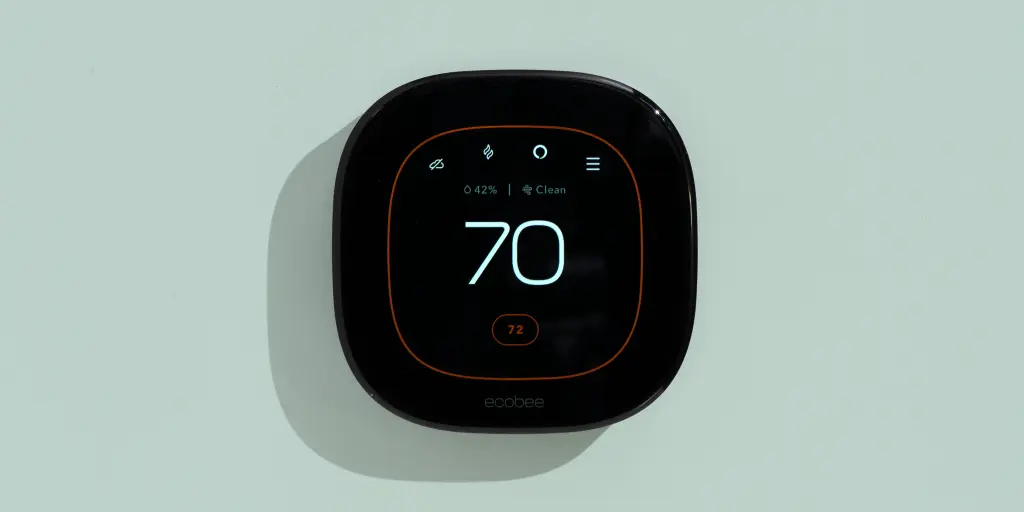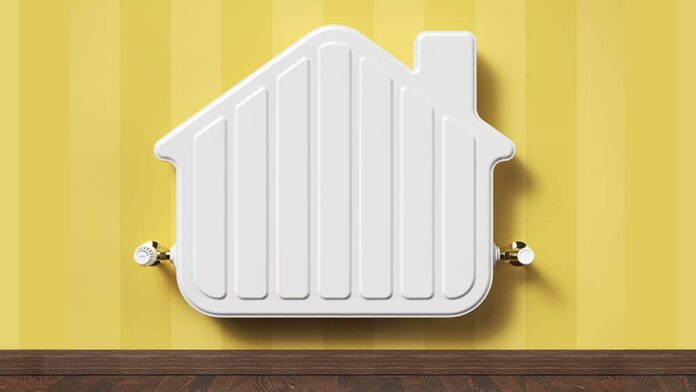Energy-efficient heating systems help lower pollution and fuel costs while keeping homes comfortable. A heating and air conditioning professional in Post Falls can assist you in finding the ideal system to meet your home comfort needs.
Conduct a heating load calculation to assess the necessary heat, then select a contractor emphasizing energy efficiency.
Are you looking for effective ways to warm up your Post Falls home? Check out Hurliman Heating for HVAC and plumbing services Post Falls, WA!
Furnace or boiler

Furnaces are one of the most widely-used home heating systems, running on either gas or electricity and disbursing heat through ducts. Modern furnaces offer unparalleled energy efficiency and numerous features that maximize performance and comfort.
Boilers use steam or hot water to provide home heating. They can be generated by natural gas, oil, electricity, or all three and used with various radiators – baseboard or cast iron radiators, radiant floor heating systems, etc. Furthermore, boiler systems offer gradual heat with lower noise than forced air systems.
A boiler system’s greatest downfall is that it can become susceptible to freezing and burst pipes if the temperature drops too far below its optimal setting or its maintenance is neglected. Furthermore, improper installation can result in water or gas leakage, posing fire hazards while potentially damaging homes.
Boilers and furnaces are measured according to their annual fuel utilization efficiency (AFUE), which measures how much energy from fuel is converted into heat. The higher their AFUE rating is, the more efficient their system is.
Today’s most energy-efficient boilers and furnaces typically feature an AFUE rating between 90% and 98%, meaning less than 10% of the energy consumed is lost through exhaust or venting – this is better for the environment and wallet!
Heat pumps

Heat pumps use technology related to that found in refrigerators or air conditioners, extracting thermal energy from your home’s surroundings or the ground beneath it (even on cold days) and distributing it as necessary – an ideal choice for homes that need to heat garage workshops, attic hangouts, bonus rooms, and home additions as they require no ductwork installation.
They generate four kilowatts of heating power per kilowatt of electricity, making them exceptionally cost-effective compared to standard heating systems when warming a house. They are also incredibly good at maintaining consistent temperatures throughout the day.
Discuss putting one of these energy-efficient heat pumps in your house with a nearby dealer for even bigger savings.
Consider pairing any system you select with rooftop solar to further reduce utility bills and carbon footprint. For hybrid systems, inquire with your electric cooperative or public power district’s potential contractors and incentives related to this combination; depending on your climate zone, additional electric heating strips may also be needed as a backup in wintertime.
Geothermal

Geothermal systems utilize the energy from beneath your home to provide heating and cooling, using underground pipes with an attached heat pump in your basement. Water or an antifreeze mixture circulated within this pipe system draws upon constant temperatures below your property’s surface to supply heating or cooling when required.
Heat pumps utilize geothermal systems to extract just the right amount of heat to maintain optimal temperatures in your home, which results in efficient heating throughout winter and reduced utility bills in summer. Furthermore, this geothermal technology significantly decreases greenhouse gasses that pollute indoor spaces and air pollutants from burning fossil fuels.
Modern geothermal systems are reliable and long-lasting; many can last over 25 years with quiet indoor components that won’t disturb you during their underground loop installation process. Furthermore, no damage to landscaping is needed!
Although geothermal systems can seem pricey initially, you should be able to recoup your investment for new buildings in four to seven years or ten to twelve years for retrofitting.
They require less maintenance than other heating solutions and do not necessitate exhaust venting – improving weather tightness in homes while emitting zero carbon emissions – making geothermal heating systems an eco-friendly choice.
Smart thermostats

Smart thermostats provide convenient remote control through a smartphone app. They can also be programmed according to your daily schedule and local weather (using geofencing technology), automatically decreasing heating use when you’re away and increasing it before your return home. They can even be programmed for different heat zones or radiator valves for increased energy savings.
Smart thermostats not only save energy efficiently but can also offer features to aid with safety and security. When connected to smoke and carbon monoxide detectors, these thermostats can alert your phone if any danger arises. They can also monitor temperature fluctuations and send monthly energy consumption reports so you can optimize usage.
Smart thermostats have quickly become a go-to choice for homeowners due to their many benefits, with some insurance providers even bundling them with home policies for cost savings, increased security, and easier claims processes.
Like all new technology, smart thermostats may pose some potential drawbacks. One concern is that hackers may attempt to hack them. To protect against this possibility, users must select a strong password and install their thermostat somewhere with a reliable internet connection; an alternative option would be a hardwired model that doesn’t rely on Wi-Fi or cell data connections for operation.


![Calgary’s Hottest Neighborhoods for Luxury Homebuyers [2024]](https://thewashingtonote.com/wp-content/uploads/2024/04/Calgary-218x150.png)


![Calgary’s Hottest Neighborhoods for Luxury Homebuyers [2024]](https://thewashingtonote.com/wp-content/uploads/2024/04/Calgary-324x160.png)



